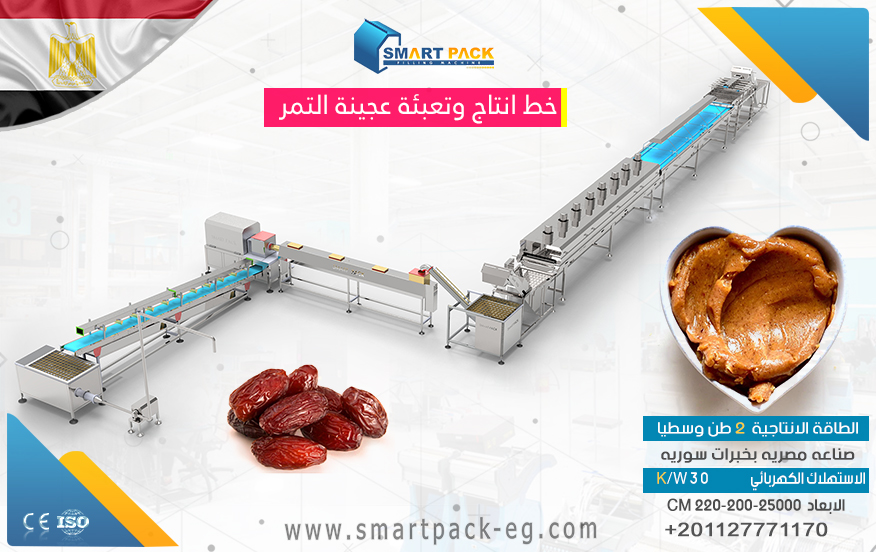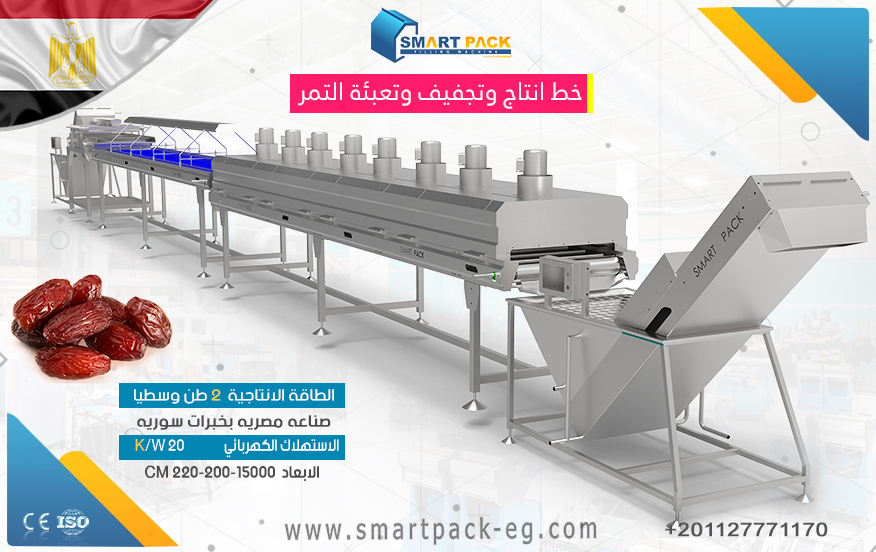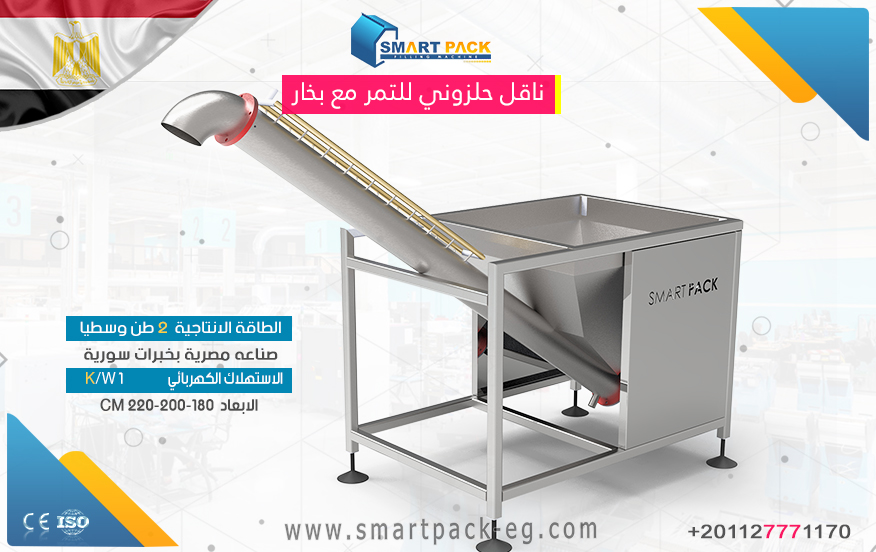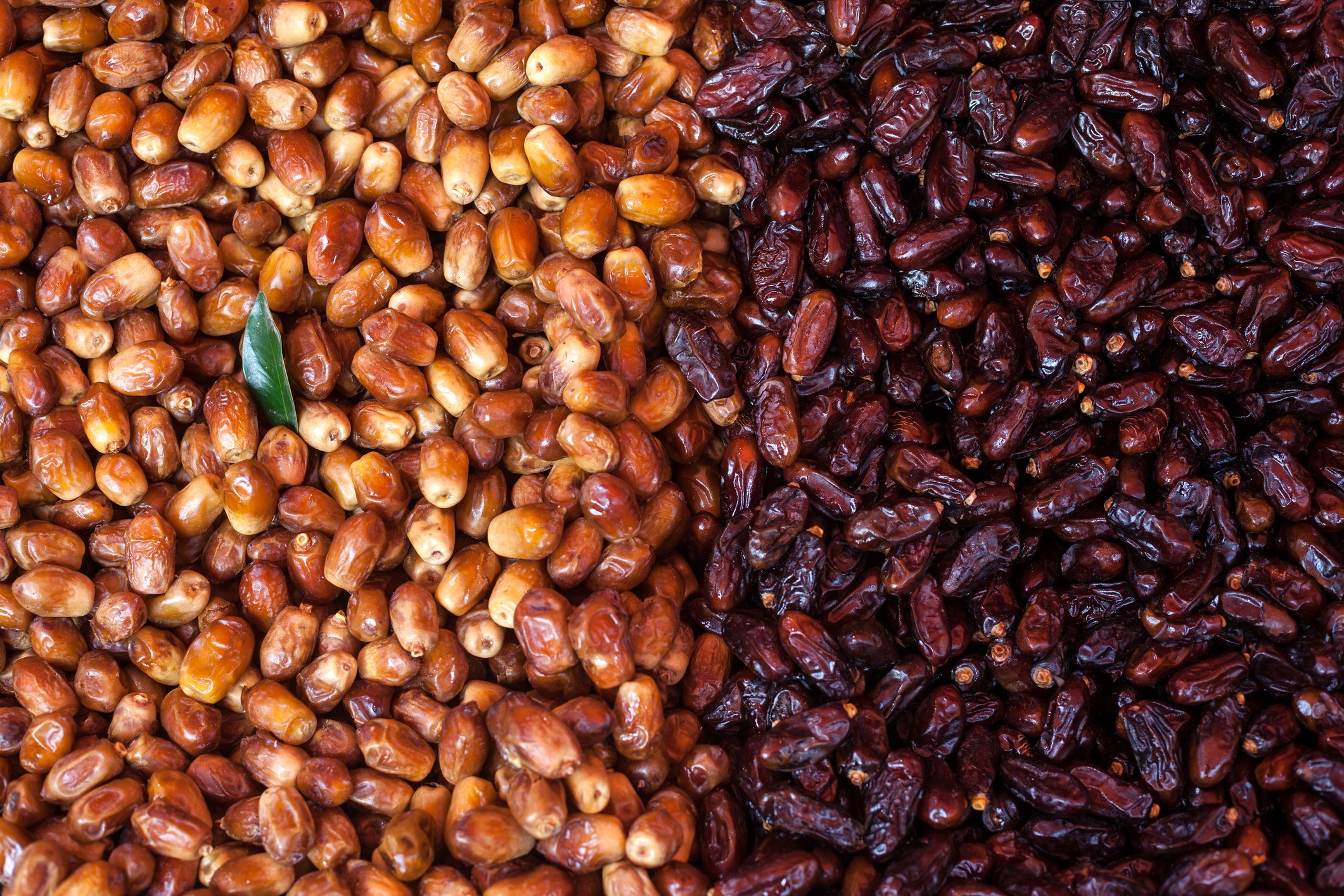How To Guide: The Molasses Industry in Factories
Introduction:
The molasses industry plays a significant role in the production of various food products, ranging from sweeteners to alcohol. In this guide, we will explore the essential processes involved in molasses production within factories. By understanding the key steps and factors to consider, you can ensure the smooth operation of a molasses factory.
Step 1: Sourcing Raw Materials
To begin the molasses production process, it is crucial to source high-quality raw materials. Molasses is primarily derived from sugarcane or sugar beet processing. Selecting the right source of raw materials is essential for obtaining a superior quality molasses. Ensure that the raw material supplier meets industry standards and provides the necessary certifications.
Step 2: Extraction of Sugarcane Juice
Once the raw materials are sourced, the next step involves the extraction of sugarcane juice. This is typically achieved by using mechanical juice extractors or mills. The sugarcane is crushed to release the juice, which is then collected for further processing. It is important to maintain hygiene and cleanliness during this step to avoid any contamination.
Step 3: Clarification and Filtration
The extracted sugarcane juice often contains impurities and solid particles. To remove these impurities, the juice undergoes clarification and filtration processes. Lime is added to the juice to neutralize acidity and coagulate impurities. After clarification, the juice is subjected to filtration through various filter media, such as activated carbon or filter presses, which ensure the removal of any remaining solids.
Step 4: Evaporation
Following filtration, the clarified juice is ready for evaporation. This process concentrates the juice to increase its sugar content and reduce its water content. Evaporation is achieved by using high-temperature evaporators. It is important to closely monitor the evaporation process to prevent over-concentration and caramelization.
Step 5: Crystallization
Once the juice has reached the desired concentration, it is time for crystallization. The concentrated juice is transferred to vacuum pans, where controlled cooling and stirring encourage sugar crystals to form. This process allows for the separation of molasses from sugar crystals. Managing the crystallization process is vital to obtain the desired quality and consistency of molasses.
Step 6: Separation and Storage
After suitable crystallization, the molasses and sugar crystals need to be separated. This separation can be achieved by centrifugation or through specialized separation equipment. The molasses collected during this step is then stored in proper containers or storage tanks. Ensure that these containers are clean, airtight, and have the required temperature control to maintain the quality of the molasses.
Step 7: Quality Control
Throughout the entire process, strict quality control measures must be in place. Regular testing and analysis should be conducted to ensure the molasses meets the desired specifications regarding color, viscosity, moisture content, and purity. Implement a comprehensive quality control plan to maintain consistency and adhere to industry standards.
Conclusion:
By following these essential steps, you can effectively operate a molasses factory. Remember to prioritize sourcing high-quality raw materials, maintain cleanliness in all processes, monitor evaporation and crystallization, and implement a robust quality control system. Producing top-quality molasses ensures customer satisfaction and contributes to the success of the molasses industry as a whole.

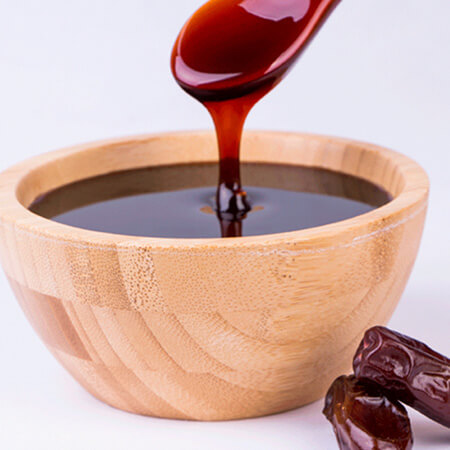

 Admin
Admin 